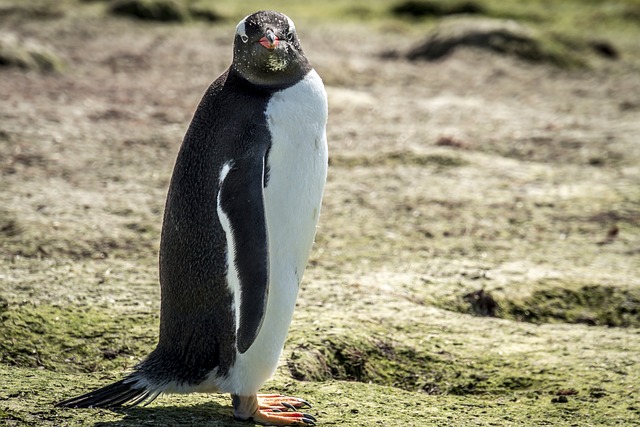Exploring Marine Ecology: Navigating Climate Change in the Tengerszint
Marine ecology is a fascinating field that encompasses the intricate relationships between marine organisms and their environment. The Tengerszint, a unique ecosystem rich in biodiversity, serves as a critical backdrop for examining the effects of climate change on marine life. As we delve into this captivating area, we uncover not only the beauty of the underwater world but also the challenges that come with a changing climate.
The Environment of the Tengerszint
Located at the crossroads of various ocean currents, the Tengerszint boasts an environment that nurtures a variety of species. From vibrant coral reefs to thriving kelp forests, this area is home to countless organisms that rely on delicate ecological balances. Each component of this marine ecosystem plays a pivotal role in maintaining health and stability, illustrating the interconnectedness of life beneath the waves.
However, the Tengerszint is not immune to external pressures. Human activities, including pollution and overfishing, coupled with the overarching impact of climate change, have begun to disrupt these finely-tuned systems. Rising ocean temperatures, acidification, and shifting weather patterns jeopardize the livelihoods of countless species, forcing them to adapt at an alarming rate.
Climate Change: A Threat to Marine Diversity
The threat of climate change to marine ecology is profound. As global temperatures rise, so do ocean temperatures, leading to coral bleaching and the degradation of crucial habitats. The marine life that thrives in the Tengerszint find themselves at a crossroads, with some adapting while others face extinction. For instance, species like the clownfish are beginning to show signs of stress, as their symbiotic relationships with coral are threatened by rising sea temperatures.
Moreover, ocean acidification has begun to alter the very chemistry of the waters in the Tengerszint, impacting shellfish and other calcifying organisms essential to the ecosystem. This shift not only places marine species at risk but also has far-reaching consequences for local communities that depend on fishing and tourism for their livelihoods.
Local Efforts and Global Implications
In the face of these challenges, local initiatives within the Tengerszint demonstrate resilience and innovation. Marine protected areas are being established to safeguard critical habitats, while community-led conservation programs encourage sustainable practices. These combined efforts offer a glimpse of hope and a path forward, showcasing that when communities unite for a common cause, meaningful change is possible.
Yet, the battle against climate change is not confined to the Tengerszint alone. The interconnectedness of our planet’s oceans means that actions taken anywhere can reverberate throughout marine ecosystems worldwide. Awareness and education are paramount in inspiring global action to tackle the climate crisis, not just for the Tengerszint but for every marine environment at risk.
By embracing marine ecology and understanding its significance in the context of climate change, we can navigate the challenges ahead. The Tengerszint stands as a poignant reminder of the beauty found in diverse ecosystems and the critical importance of protecting them for generations to come.




